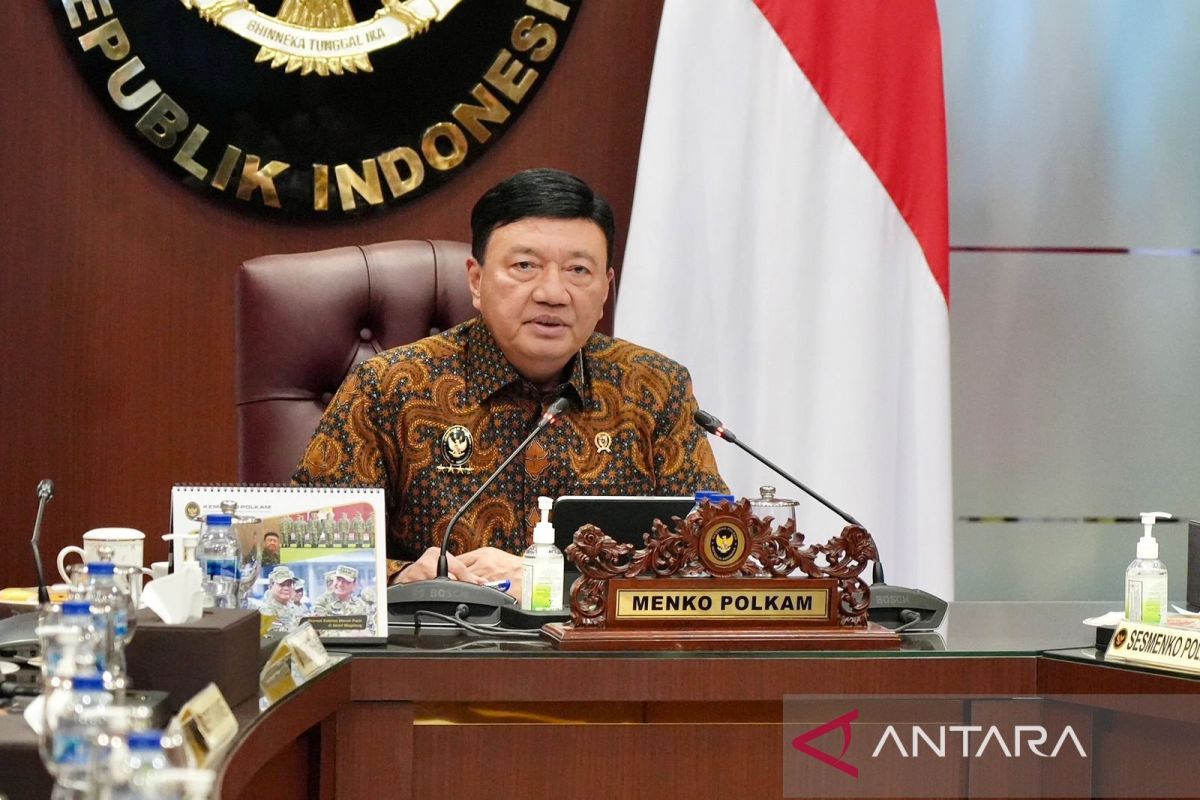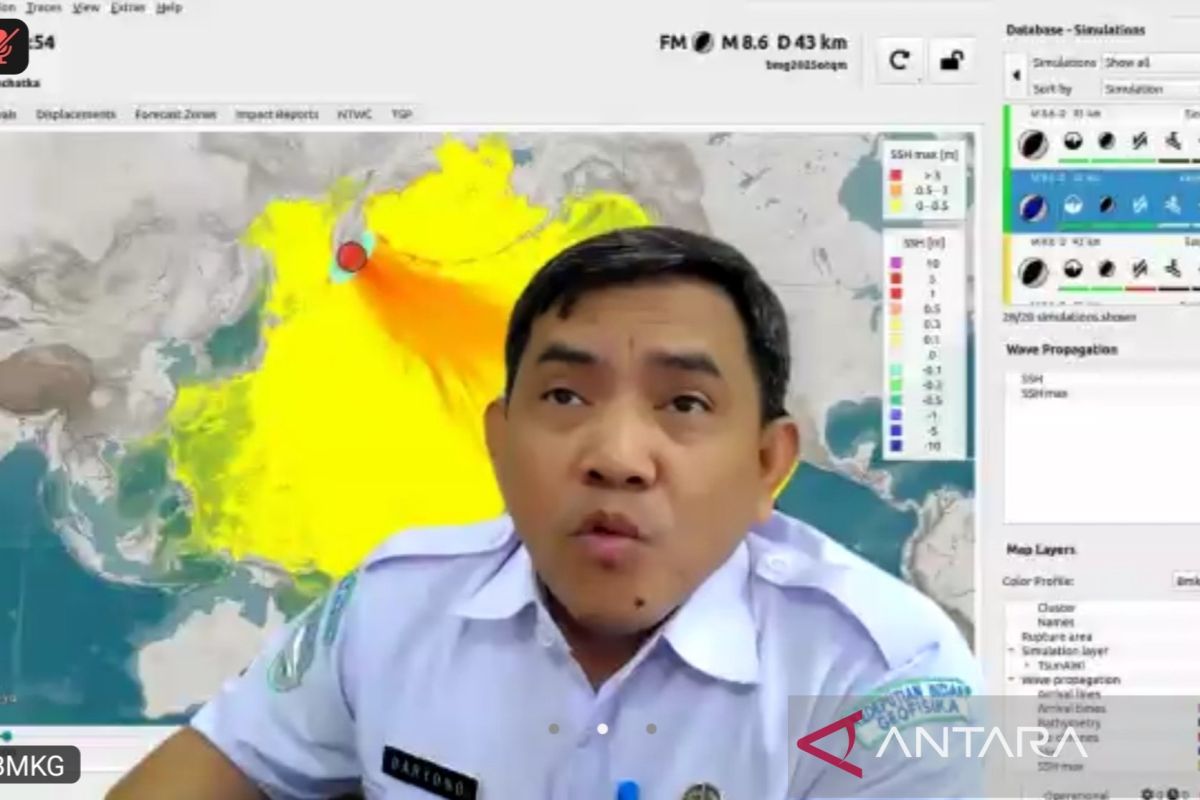![]()
It’s not quite the “90 deals in 90 days” that Trump administration officials claimed were possible back in April, when U.S. President Donald Trump put a 90-day pause on the steep tariffs that he had announced on nearly all U.S. trading partners on April 2. The 90-day pause was intended to allow time for those trading partners to negotiate bilateral deals with Washington to avoid the worst of the tariffs.
The 90 days have since been extended until Aug. 1, and the trade deals have been few and far between.
But there have been a few deals—six, to be exact (seven if you count a temporary detente with China on tariffs that the two sides continue to negotiate). The European Union was the latest to sign, with Trump and European Commission President Ursula von der Leyen announcing an agreement in Scotland on July 27.
New Tariff Rates Based on Preliminary White House Deals
Many of these agreements have been made public by unilateral announcements, either from the White House or by Trump directly on his social media platform Truth Social (though in all cases the countries or governments in question have acknowledged the deal on their side). These also don’t appear to be formal, binding agreements, unlike, say, the United States-Mexico-Canada Agreement, which was ratified by all three countries. The EU described its deal as a “political agreement,” and multiple countries including the Philippines and the United Kingdom indicated in their statements that further negotiations on specific products and sectors will continue—leaving room for additional disagreements or disputes.
The vast majority of countries still face the sweeping tariffs that Trump sought to impose on April 2, and for the sake of clarity, we have used those tariff rates as a comparison—even though in some cases Trump has threatened higher tariffs in the interim. The other caveat is that these numbers aren’t always definitive or all-encompassing. The administration has said U.S. tariffs on steel, for example, will be negotiated separately, and the tariff rates below have some additional exemptions that we will explain further.
That said, here is everything we know about the trade agreements that have been secured so far.
European Union
According to the deal announced on July 27, most goods from the EU entering the United States will now face a flat tariff of 15 percent. That’s only slightly lower than the 20 percent Trump imposed on April 2 but half of the 30 percent rate he included in a July 11 letter to von der Leyen and a fraction of the 50 percent tariffs he briefly threatened in late May.
Washington and Brussels will give each other a total break on certain goods, however, with zero tariffs on either side for products including aircraft components, semiconductor equipment, some agricultural products, and some generic drugs.
The EU will also purchase $750 billion in U.S. energy products (including oil and natural gas) over the next three years. The White House’s fact sheet on the deal also says the EU will “make new investments of $600 billion in the United States” by 2028; however, the EU’s fact sheet states it differently, saying instead that “EU companies have expressed interest in investing at least $600 billion (ca. €550 billion)” in various U.S. sectors by 2029.
Trump’s 50 percent across-the-board tariffs on steel that went into effect last month remain in place, though von der Leyen proposed a “quota system” instead of tariffs that the two sides will reportedly continue to discuss.
Japan
The U.S. deal with Japan, unveiled by the White House a few days before it announced the agreement with Europe, follows much the same contours as the EU one. Japanese goods entering the United States will face a 15 percent tariff, lower than the 24 percent rate imposed on April 2 and the 25 percent in Trump’s July 7 letter to Japanese Prime Minister Shigeru Ishiba. There has been no official Japanese readout of the deal, though multiple officials including Ishiba and lead trade negotiator Ryosei Akazawa have publicly acknowledged its existence. Akazawa told reporters on July 29 that Tokyo was waiting for Trump to formalize the 15 percent rate in an executive order “and then we can consider whether an official document on the agreement is necessary.”
Japan will also funnel more money into the U.S. economy as part of the deal, according to a White House fact sheet, investing $550 billion in sectors such as energy, pharmaceuticals, and shipbuilding. However, the fact sheet did not include a timeline for when that investment would occur. The investments will be spread out across certain key sectors including semiconductor manufacturing, critical minerals, and shipbuilding, the White House said, adding that the United States will keep 90 percent of the profits from those investments.
The deal also includes several major concessions for U.S. agricultural goods entering Japan, with Japanese purchases of U.S. rice (a particular gripe of Trump’s) set to increase by 75 percent and $8 billion of planned investment in goods such as corn and soybeans.
Japan will also purchase 100 commercial aircraft from U.S. manufacturer Boeing and throw open its automobile market to U.S. carmakers, the White House said.
Philippines
This one came in the form of a July 22 Truth Social post at the end of Philippine President Ferdinand Marcos Jr.’s visit to Washington, with Trump announcing that the Philippines would pay a 19 percent tariff on all their exports to the United States and praising Marcos as a “very good, and tough, negotiator.”
The final tariff rate is actually a tad higher than the 17 percent Trump had imposed on April 2 but a touch lower than the 20 percent mentioned in his letter to Marcos on July 9. The Philippines said it would no longer impose any tariffs on U.S. automobiles entering the country and would increase its purchases of U.S. soy products, wheat, and pharmaceuticals.
Marcos sought to sell the deal to his people. “We managed to bring down the 20 percent tariff rate for the Philippines to 19,” he told the Philippine media delegation in Washington. “Now, 1 percent might seem like a very small concession. However when you put it in real terms, it is a significant achievement.”
Indonesia
Also on July 22, hours after Trump’s meeting with Marcos, the Trump administration announced that it had reached a similarly structured deal with Indonesia.
The deal also hits Indonesia with a 19 percent tariff rate, a significant drop from the 32 percent rate Trump had imposed on the Southeast Asian country. In return, Indonesia will remove trade barriers on nearly all U.S. goods and further open its market to U.S. agricultural exports and tech companies.
According to the White House fact sheet, Indonesia has also committed to removing several “non-tariff barriers” to U.S. goods, including that it will now honor U.S. automobile safety and emissions standards, accept U.S. Food and Drug Administration certifications of medical devices and pharmaceuticals, and exempt U.S. cosmetics from Indonesian certification and labeling requirements.
The Indonesian government touted the agreement as a big win, with a government spokesperson boasting that its tariff rate is among the lowest in Asia and touting the fact that it came days after a trade agreement with the EU.
Vietnam
“I just made a Trade Deal with Vietnam. Details to follow!” Trump posted abruptly on Truth Social on July 2. The details, shared in a subsequent post, were that Vietnam would drop all trade barriers against U.S. goods, with Trump specifically calling out U.S. SUVs as a “wonderful addition to the various product lines within Vietnam.”
In exchange, he said, Vietnam would pay a 20 percent tariff on all its goods entering the United States, less than half the 46 percent rate he imposed on the country on April 2. However, Vietnam will also pay an increased tariff of 40 percent on any transshipments of products through Vietnam, referring to goods that stop at Vietnamese ports before continuing to their final destination in the United States.
The Vietnamese government has been the most reticent in acknowledging Trump’s deal announcement, reportedly because Vietnam was blindsided by some aspects of the announced tariff rates. Vietnamese state-run media did report on July 2 that the two countries had “reached a Joint Statement on a fair, balanced reciprocal trade agreement,” but neither government has publicly shared that statement or any details of the deal beyond Trump’s social media posts.
United Kingdom
The first new trade agreement of the Trump era was with one of Washington’s oldest and closest allies. The United States and United Kingdom announced their deal on May 8, including an opening of the U.K. market for U.S. agricultural exports such as beef and ethanol.
The tariff rate for U.K. products entering the United States will remain at the 10 percent baseline for all countries that was set on April 2, with a slight tweak for U.K. carmakers, which only get that rate for the first 100,000 vehicles they export to the United States and a 25 percent tariff thereafter. The White House also said it would create a new trading union with the U.K. for steel and aluminum and negotiate a separate deal on the tariffs that Trump imposed on all imports of the metals—and subsequently doubled.
Negotiations on the finer points continue—the U.S. and U.K. governments both released updates on the deal in mid-June, formalizing the U.S. tariff reductions on U.K. automobile exports and U.K. commitments on U.S. agricultural products.
China
As during his first term in office, Trump’s biggest trade gripes—and highest tariffs—have been reserved for China. Trump slapped a cascading set of tariffs on Chinese goods in April that ultimately rose to 145 percent, but a temporary agreement last month lowered the total U.S. tariff rate on China to 55 percent, in exchange for China lifting the retaliatory restrictions it imposed on the export of certain rare-earth minerals. Talks over a broader and more permanent deal continue, with trade negotiators from both sides meeting in Sweden this week to hash out additional details.
India
One country whose intense negotiations with Trump haven’t gone well at all is India. In a Truth Social post on July 30—two days before his self-imposed deadline to reach a deal—Trump not only announced a 25 percent tariff on Indian products but also said he would slap an unspecified penalty on the country for its purchases of Russian oil and military equipment.
The Rest
It’s also unclear in many cases what will happen to the 50 percent tariffs on global steel and aluminum that Trump has imposed, as well as the additional 10 percent tariff on countries that join any potential BRICS (now comprising Brazil, Russia, India, China, South Africa, and several other members) effort to displace the U.S. dollar. Trump has gone after Brazil particularly aggressively—in part for its ongoing legal case against former Brazilian President and Trump ally Jair Bolsonaro—and on July 30 confirmed via executive order that he would impose an additional 40 percent tariff on Brazilian exports to the United States.
Trump also slapped a 50 percent global tariff on several types of copper products, including pipes, wires, and electrical components, citing national security concerns.
Trump had sent letters with updated tariff rates in July to around two dozen other countries, including large trading partners such as Canada, Mexico, and South Korea as well as smaller ones such as Bangladesh, Cambodia, and Kazakhstan.
Countries Facing Aug. 1 Tariff Threats
The Trump administration hasn’t shed light on the fate of the remaining countries that made up the tariff list on April 2, but Trump has said that “[n]o extensions will be granted” on any tariffs beyond the latest Aug. 1 deadline.
Update, July 30, 2025: This post has been updated with the latest news.






